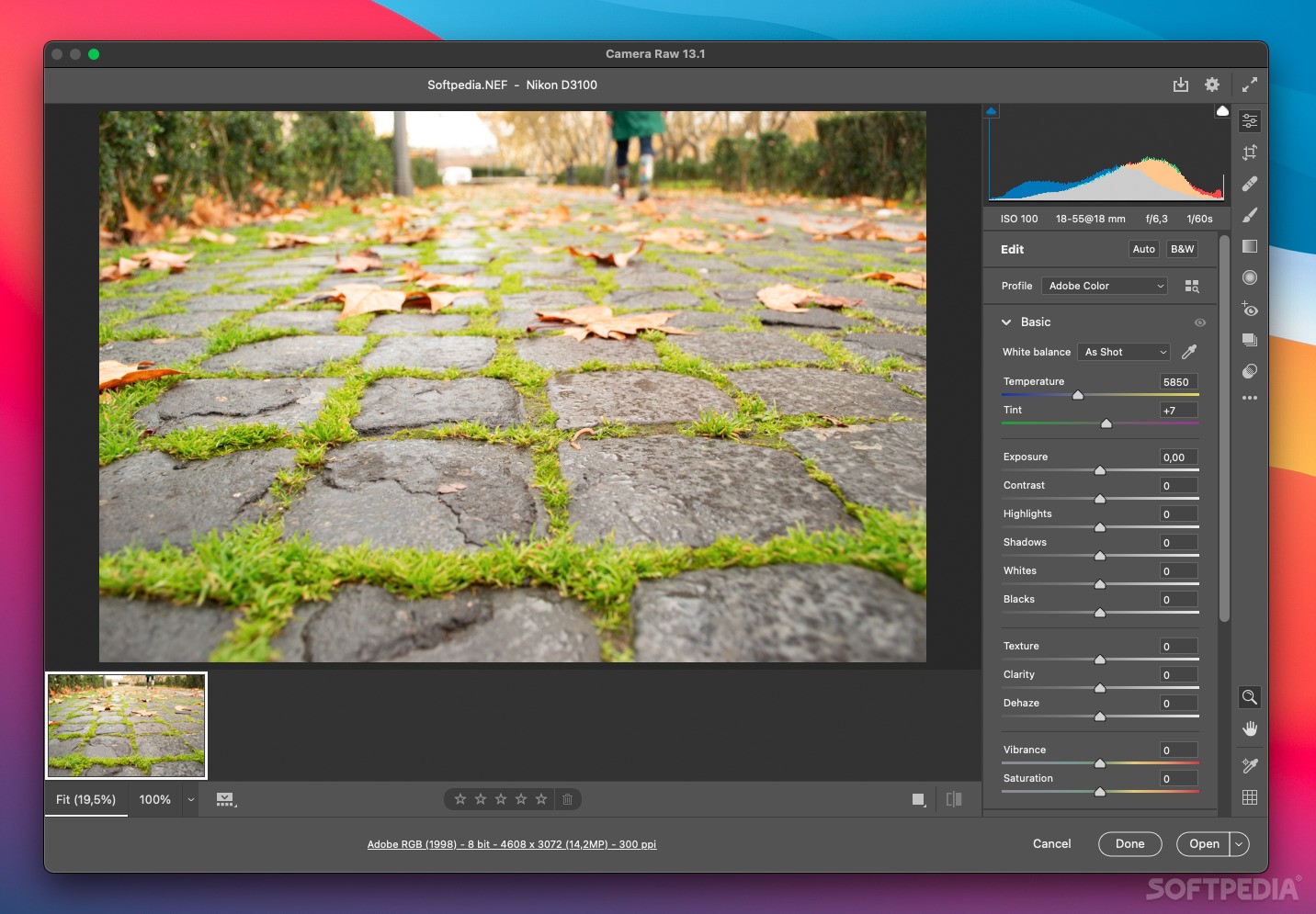

The sliders already had default settings applied, and whether a slider lightened or darkened your image when moving it depended on the specific slider. Looking here on the far left are the default sliders and settings for ACR 6.


NO targeted dodging & burning was needed! © A New Basic Way of SculptingĮven though ACR 6 (the previous version) was incredibly powerful, the way the Basic panel (where the majority of your image enhancing takes place) was organized did not lead to the most intuitive way of working. Before and Afters of the power of the new Basic Panel’s possibilities. Let’s take a look at some of those differences. And if you are new to working in ACR you’ll actually find version 7 is actually a lot more intuitive than previous versions. What you will be able to pull out in terms of tone, color and detail is going to astound you, but to access this new power you’re going to have to re-learn some of the ways you may have optimized your images in ACR in the past. And fortunately, as in the past, ACR also processes JPEG’s and TIF’s beautifully. Even though the way you work in the new ACR is significantly different in terms of how the sliders work in its foundational Basic panel, once you get used to it, you’ll find that it is completely indispensable for getting more than you ever thought possible out of your photographs!Īdobe achieved this quantum leap, especially as it relates to pulling out every drop of tonal detail in your image, by completely rewriting their raw “demosaicing” engine, just as they did in 2010. This technological leap not only extends the capabilities of this invaluable image processing engine, but also dramatically increases the potential quality of the final results. Once more Adobe couldn’t leave well enough alone (thankfully), and they’ve taken the brand new 2012 processing engine that powers the new Lightroom 4 and incorporated it into our beloved Adobe Camera Raw (ACR). By Jack Davis A New Supercharged Engine – Again!


 0 kommentar(er)
0 kommentar(er)
